Financial Education
Medicaid: what it is, who it helps, and how to apply
Are you looking for information about Medicaid? If so, read our post to learn all about it and its pros and cons!
Advertisement
Medicaid: a gateway to your body’s health
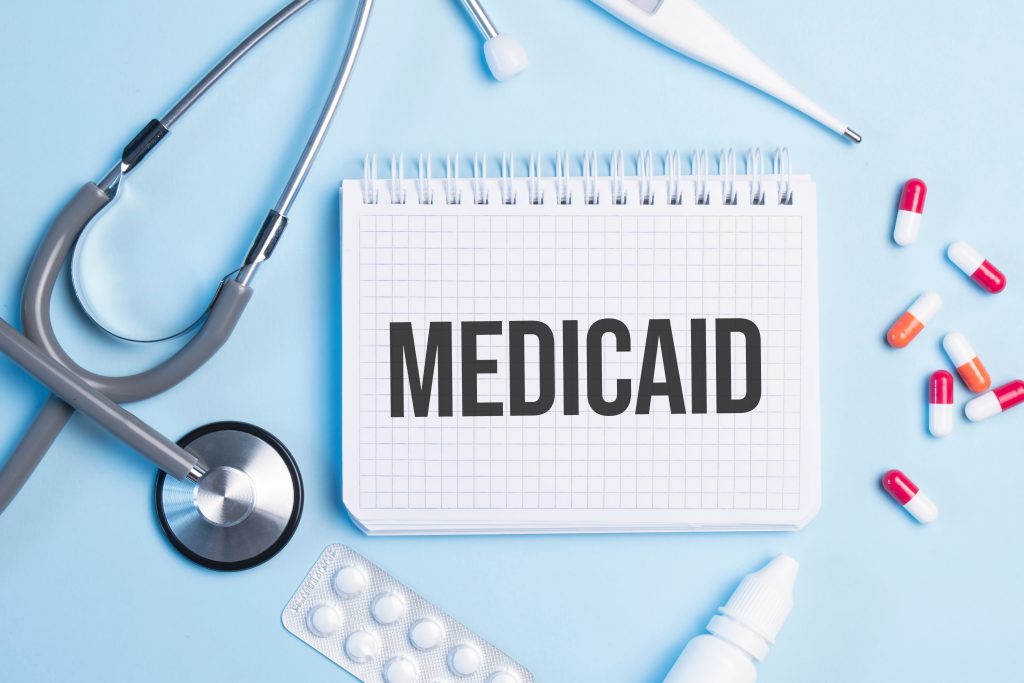
Medicaid is a program funded jointly by the federal and state governments. It is intended to help pay for medical expenses.
Furthermore, its target demographic includes people of all ages with very low incomes and few assets.

Medical loans: Learn to finance medical treatments
If you need to pay for medical expenses but don't have the money to do it, you should read on to learn about medical loans!
However, while this program is meant to be very accessible, eligibility requirements for this program can vary greatly between states.
People on Medicare may be eligible for it as well. Which is advantageous if you need to pay for expenses not covered by Medicare.
How does Medicaid work?
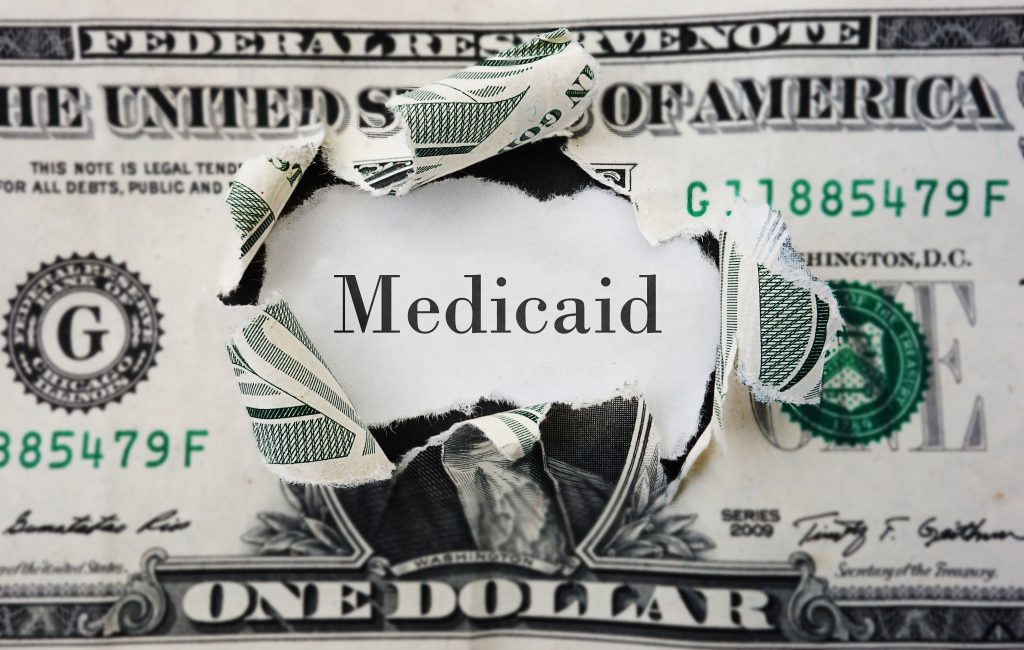
If a person has a very low income but certain assets, he or she may be ineligible for this program. A house or stock investment are an example of an asset. She or he may be required to use such resources to qualify.
In other words, she or he may be forced to sell stocks and other assets. This money will also be used to pay for health care. This must be done until one’s income and assets are low enough to qualify.
To avoid this expense, some people give their assets away or sell them for less than fair market value. Frequently to family members.
However, they must have given those assets away within the last five years to qualify for it.
So be cautious, but remember that the same rules do not apply in all states. People can, for example, keep their homes in some American states. As a result, some family members can remain in them.
In addition, under certain conditions, it has the right, and sometimes the obligation, to recover long-term care expenses. And, on occasion, regular costs from the states of deceased recipients of theirs.
The assets that can be claimed vary by state. Some states, for example, protect the family residence from the program’s claims.

What is a wedding loan, and should you get one?
Funding a full wedding party is not easy and money can be lacking. A wedding loan can save you in those times and make your dream party a reality.
You will be redirected to another website
You’ll receive messages for less than 1 week, with a maximum of 1 message per day. You can unsubscribe anytime by replying STOP. By submitting this form, I confirm that I am 18+ years old and agree to the Privacy Policy and Terms and Conditions. I also provide my signature, giving express consent to receive informational messages via automated emails, SMS, MMS text messages, and other forms of communication. Message frequency may vary as part of our good-faith effort to respond to your inquiry. Message and data rates may apply. Text STOP to cancel. I understand that my consent to receive communications is not a condition of purchase and that I may revoke my consent at any time.
What are the benefits of the Medicaid program?
You can find many benefits with the Medicaid program.
For example, Hospitalization (both in and outpatient), medical care (both in and outpatient), diagnostic imaging (both in and out), and home health care are all included in the mandatory benefits package.
Prescription drugs, case management, physical therapy, and occupational therapy are just a few examples of supplementary services that may be provided.
Most healthcare needs are met if a person qualifies for this program. It is the largest publicly funded provider of long-term care. This includes both skilled nursing care and nursing homes.
This program frequently covers nursing home care for seniors. It must cover long-term care for people who are 21 or older and are enrolled in the program.
Hospital care, laboratory tests such as blood and urine tests, diagnostic tests such as X-rays, doctor visits, skilled nursing care, vaccinations, home health care, and other services are also covered by Medicaid.
As previously stated, each state manages its own program.
As a result, the services provided vary by state. But the program helps pay for other items in some of them. Prescription drugs, dental care, prescription glasses, intermediate-level nursing care, and so on.
Intermediate nursing care requires less attention than specialty care. But more than just personal care. The goal is to keep one’s health in good shape. And, if possible, to make it better.
Healthcare providers to Medicaid beneficiaries must accept what Medicaid pays as their full reimbursement.
However, because this rate is frequently low, some practitioners choose not to treat Medicaid patients. Furthermore, some nursing homes refuse to accept it.
How does the application process work in your state?
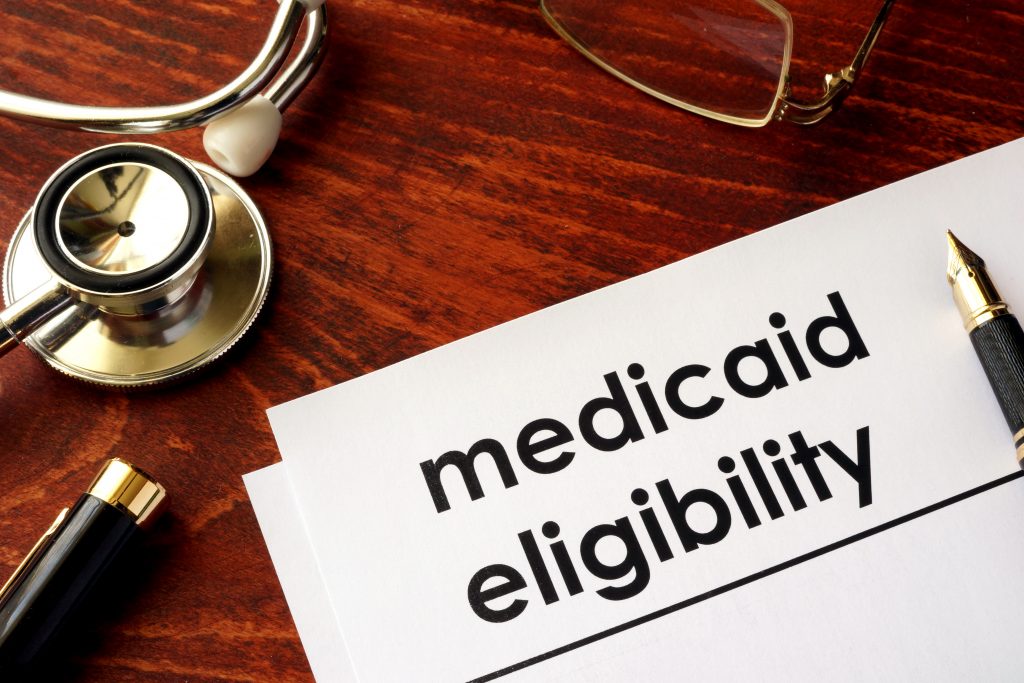
Find out more about Medicaid and the possible eligibility criteria in our list below!
Requirements and eligibility criteria
Medicaid and CHIP are improving in every state.
State Overviews from an official government website highlight Medicaid and CHIP program characteristics and report data to increase public transparency about administration and outcomes.
California
Since the first Marketplace Open Enrollment Period and related program changes in October 2013, California has enrolled 13,881,004 people in Medicaid and CHIP.
California has adopted one or more of CMS’s targeted enrollment strategies to facilitate Medicaid and CHIP enrollment.
California reported 20 of 20 CMS Medicaid/CHIP Child Core Set quality measures in FFY 2020.
These counts do not include CAHPS® Health Plan Survey 5.0H – Child Version Including Medicaid and Children with Chronic Conditions Supplemental Items (CPC-CH) or CLABSI-CH measures.
California volunteered 22 of 27 CMS Medicaid Adult Core Set quality measures. These counts do not include CAHPS® Health Plan Survey 5.0H, Adult Version (CPA-AD).
New York
Since the first Marketplace Open Enrollment Period and related program changes in October 2013, New York has enrolled 7,210,643 people in Medicaid and CHIP.
New York hasn’t adopted one or more of the targeted enrollment strategies CMS outlined on May 17, 2013, to facilitate Medicaid and CHIP enrollment.
New York reported 14 of 20 CMS Medicaid/CHIP Child Core Set quality measures in FFY 2020.
These counts do not include CAHPS® Health Plan Survey 5.0H – Child Version Including Medicaid and Children with Chronic Conditions Supplemental Items (CPC-CH) or CLABSI-CH measures.
New York volunteered 21 of 27 Medicaid Adult Core Set quality measures. These counts do not include CAHPS® Health Plan Survey 5.0H, Adult Version (CPA-AD).
Texas
Since the first Marketplace Open Enrollment Period and related Medicaid program changes in October 2013, Texas has enrolled 5,467,047 people in Medicaid and CHIP, a net increase of 30.06 percent.
Texas hasn’t adopted one or more of the targeted enrollment strategies CMS outlined on May 17, 2013, to facilitate Medicaid and CHIP enrollment.
Texas reported 19 of 20 CMS Medicaid/CHIP Child Core Set quality measures in FFY 2020.
These counts do not include CAHPS® Health Plan Survey 5.0H – Child Version Including Medicaid and Children with Chronic Conditions Supplemental Items (CPC-CH) or CLABSI-CH measures.
Texas volunteered 24 of 27 CMS Medicaid Adult Core Set quality measures. These counts do not include CAHPS® Health Plan Survey 5.0H, Adult Version (CPA-AD).
Washington
Since the first Marketplace Open Enrollment Period and related program changes in October 2013, Washington has enrolled 2,108,554 people in Medicaid and CHIP.
Washington has adopted one or more of CMS’s targeted enrollment strategies for Medicaid and CHIP, issued on May 17, 2013.
Washington reported 19 of 20 CMS Medicaid/CHIP Child Core Set quality measures in FFY 2020.
These counts do not include CAHPS® Health Plan Survey 5.0H – Child Version Including Medicaid and Children with Chronic Conditions Supplemental Items (CPC-CH) or CLABSI-CH measures.
Washington reported 25 of 27 Medicaid Adult Core Set quality measures voluntarily. These counts do not include CAHPS® Health Plan Survey 5.0H, Adult Version (CPA-AD).
Other welfare programs available in the US: Temporary Assistance for Needy Families
Temporary Assistance for Needy Families is another well-known welfare program. TANF assists poor families.
Applicants must be U.S. citizens, legal immigrants, or qualified immigrants living in the state where they are applying.
For more information, check out our post below to learn more about TANF!

Temporary Assistance for Needy Families (TANF)
Some families are in very fragile situations financially and need government help. Temporary Assistance for Needy Families (TANF) is a program to provide this support.
Trending Topics
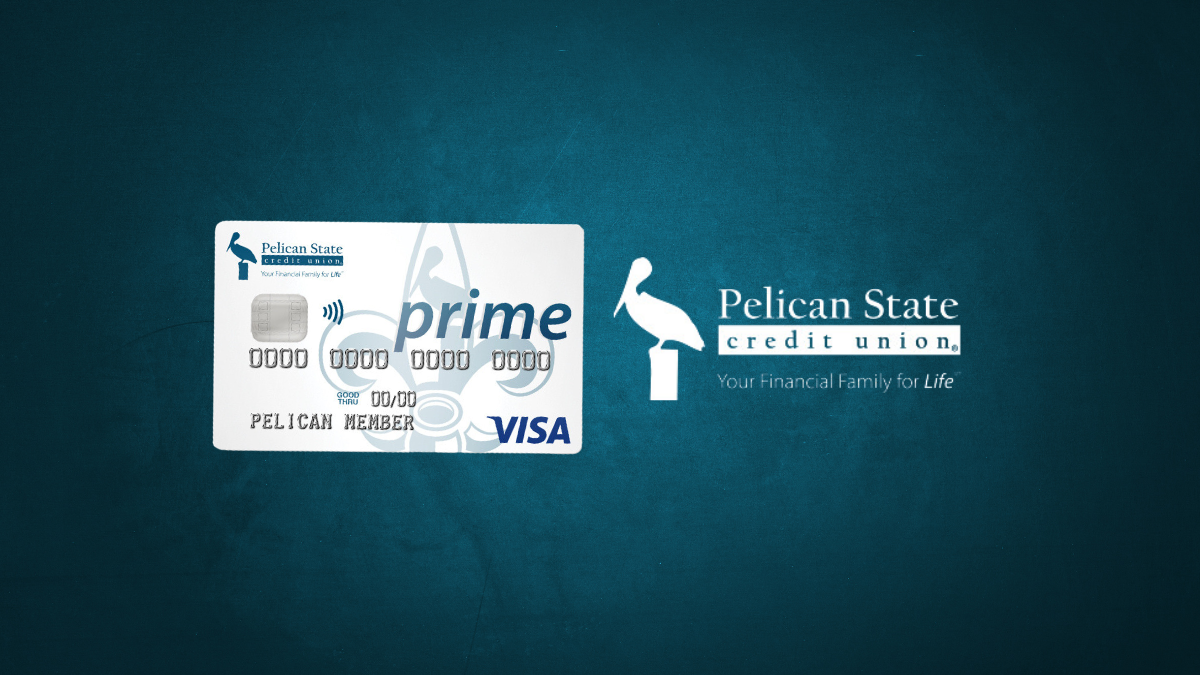
Credit limit of up to $35K: Pelican Prime Visa Review
Are you ready to simplify your credit card experience? Then read our Pelican Prime Visa review. Access your FICO Score for free!
Keep Reading
How Long Does It Take to Get a HELOC? Speed Up the Process!
Read our article and answer the question: how long does it take to get a HELOC? Plus, discover 5 key tips to quicken your HELOC process!
Keep Reading
Discover it® Miles Card Review: $0 annual fee
Check our Discover it® Miles credit card review and learn more about a card that offers many travel perks and charges no annual fee!
Keep ReadingYou may also like
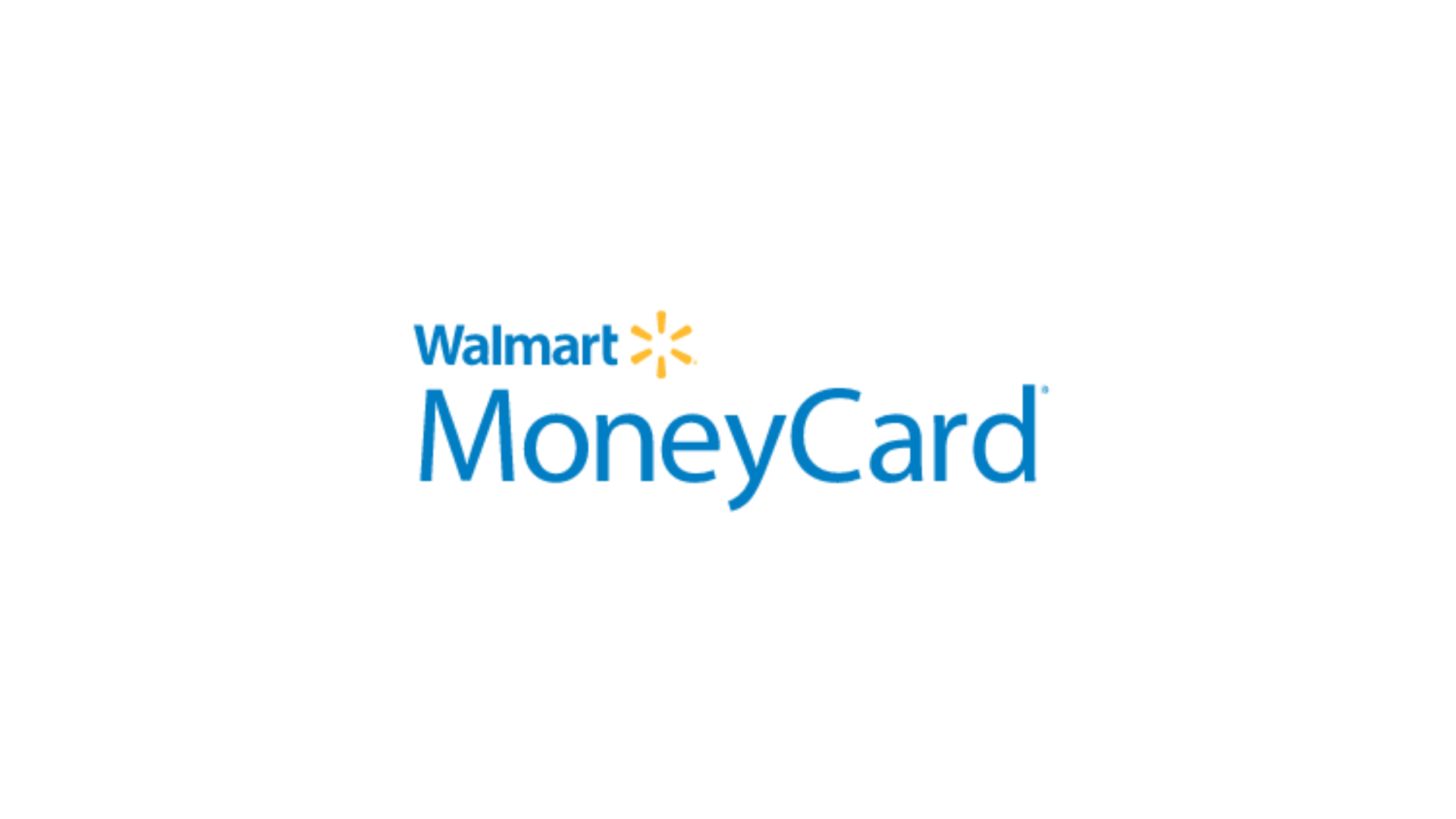
Walmart MoneyCard Full Review
This card is ideal for you if you frequently use the Walmart network. Check out this Walmart MoneyCard review and learn more.
Keep Reading
Regions Premium Visa® Signature Credit Card full review
Check this Regions Premium Visa® Signature Credit Card review. Earn a welcome bonus of 30,000 points in the 1st 90 days!
Keep Reading
The current state of the stock market: is the US in a bear market?
The great world economic crisis is raising a question: is the US in a bear market? We have separated some information that will answer.
Keep Reading